10 Film Directors Who Were Fired On Set
It’s the height of ignominy: you’ve shepherded a movie into production, are shooting with the cast and crew when suddenly you’re asked to go for a meeting upstairs where you get the boot.
But for all directors who fear they might be next, don’t worry ? it’s happened to the best of them.
Richard Donner - ‘Superman II’ (1980)
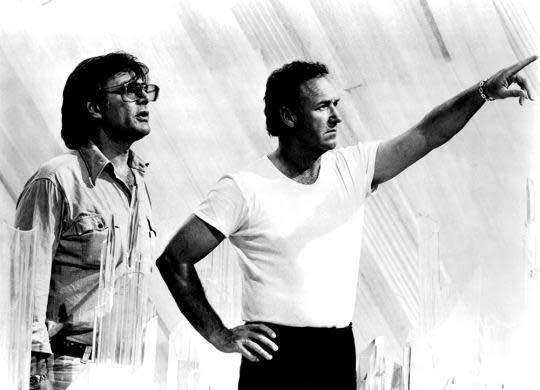
Donner’s firing from the second 'Superman’ was a sad and baffling decision considering the first one (he’d shot the films back-to-back, pausing on the second while the first one was released) was such a smash hit critically and commercially.
- Hollywood’s Most Cursed Roles
- Scathing Reviews Of Movie Masterpieces
- Great Movies That Should’ve Been Awful
But wrangling and arguments with the producers, particularly over Marlon Brando’s wage bill, meant that Donner was ditched for Richard Lester, a decent director who was better known for comedic movies like 'A Hard Day’s Night’.
That meant Donner’s expert handling of tone was ignored and the majority of the film was reshot much to the chagrin of the cast. The original helmer finally got to unveil his cut of the movie in 2006.
Richard Stanley - 'The Island of Dr. Moreau’ (1996)
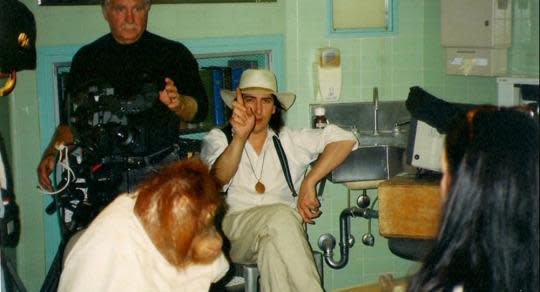
Australian Stanley was a talented prospect with a gift for the visually striking when he signed up to bring HG Wells’s book to the big screen.
Four years of development followed. But when it came to shoot, he wasn’t used to dealing with Hollywood egos, particularly Val Kilmer whose strange behaviour and refusal to follow direction led to Stanley’s firing after just three days of production.
And that’s not even counting Marlon Brando and his creative choice to wear a bucket on his head.
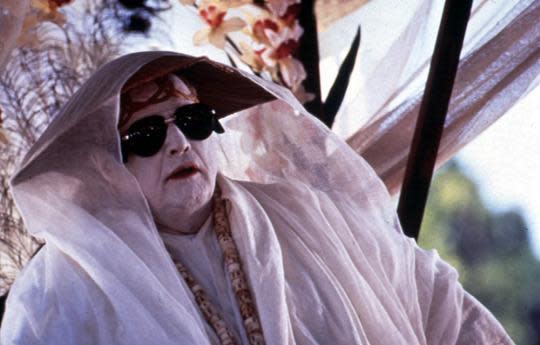
Seasoned pro John Frankenheimer ('The Manchurian Candidate’) came on board and also clashed with his stars, while the absence of a script meant the cast were frequently ad-libbing entire scenes.
It essentially torpedoed Stanley’s career, though he did manage to watch his dream project being filmed - by sneaking back onto set and getting the make-up department to cover him in prosthetics so he could appear as a human-animal hybrid extra. It was that kind of movie.
James Cameron - 'Piranha II: The Spawning’ (1981)

Cameron himself has called it the “finest flying piranha movie ever made”. But while the film has subsequently been credited to the 'Avatar’ director, it’s difficult to know exactly how much of this debut effort was actually his.
Emerging from the Roger Corman stable, Cameron was fired from the film by its producer Ovidio Assinitis, who himself directed some of it, before the neophyte director broke into the edit suite to try and finish his cut where he was caught and told to skedaddle.
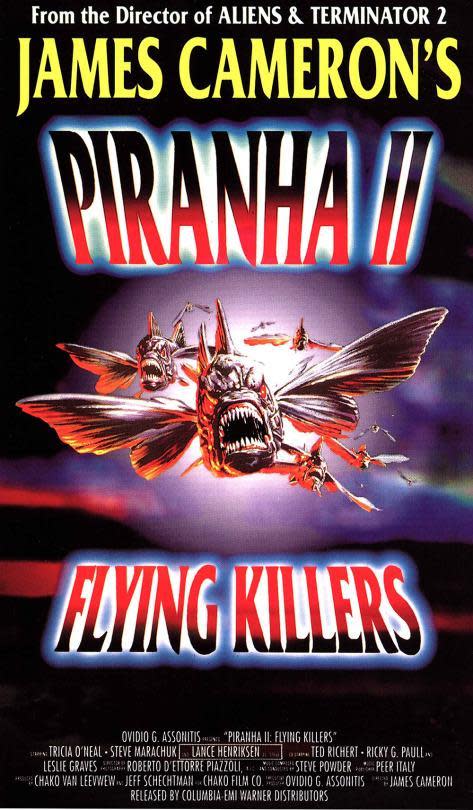
Obviously, all subsequent home entertainment releases have featured Cameron’s name prominently, as well as adding a new suffix to the title.
Brenda Chapman - 'Brave’ (2012)
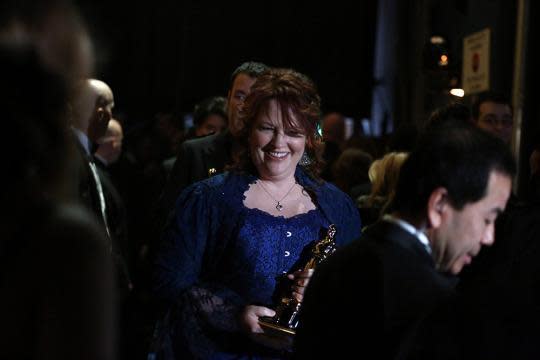
Chapman was supposed to be Pixar’s first female feature director and it was she who developed the story of a young Scottish girl and her mother from her own idea.
But she ended up being taken off the movie a year before it was released -during production in animation terms - for reasons that remain a bit opaque.
It’s one of the few blips in the mostly excellent history of Pixar, especially when Chapman spoke out against her former employers, accusing animation of being a boys club (she was replaced by a man).
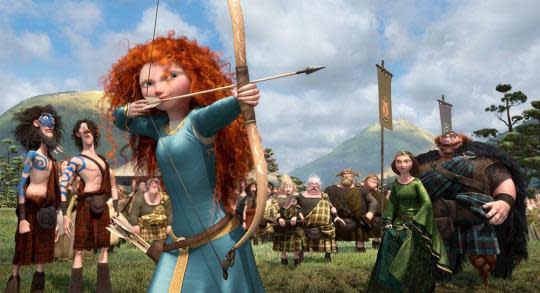
Still, it kind of worked out in the end: Chapman was able to collect the Oscar for Best Animated Feature alongside her substitute (awkward!), becoming the first woman ever to do so.
Paul Schrader - 'Exorcist: The Beginning’ (2004)
The writer of 'Taxi Driver’ and 'Raging Bull’ seemed like an intriguing choice to create a prequel to the scariest movie of all time.
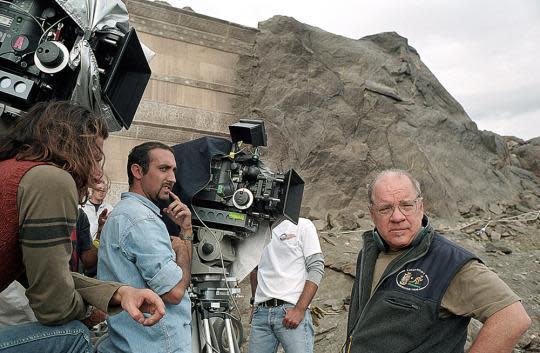
His decision was to create a psychological horror in the vein of the original, but torture porn was the hot thing in Hollywood and execs apparently wanted more gore, which Schrader refused to provide.
Despite basically completing the film, the production company shelved it and brought in Renny Harlin ('Die Hard 2’) to retool it into something more “marketable”. He reshot most of it - with new cast members when others had to join their next projects - but the result was a flop.
A year later, Schrader got to release his version, entitled 'Dominion: Prequel To The Exorcist’. It didn’t go much better at the box office, but is generally considered a superior film.
Martin Brest - 'WarGames’ (1983)
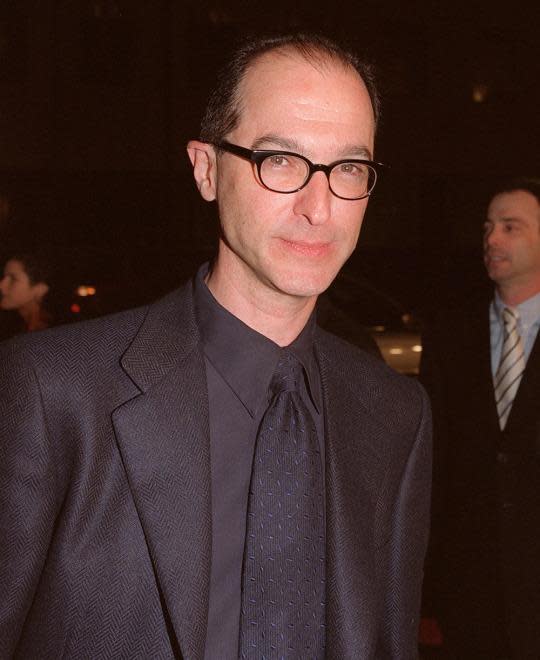
Brest has had a strange career. He directed 'Beverly Hills Cop’ and 'Midnight Run’, as well as 'Scent Of A Woman’, but was also behind the infamous Ben Affleck/Jennifer Lopez mega-turkey 'Gigli’.
With 'WarGames’, he was sacked when producers felt he wasn’t capturing the excitement and verve needed in a youthful action-drama and was replaced by John Badham.
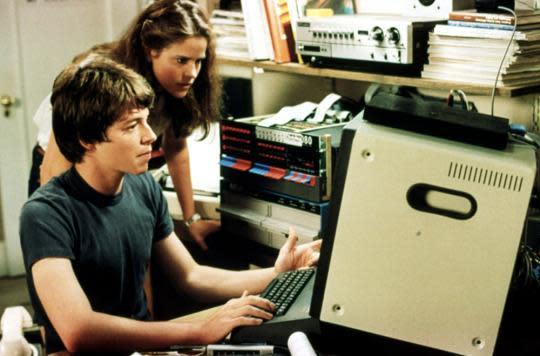
Some scenes he shot are still in the movie, which stars Matthew Broderick and Ally Sheedy, though it became a family adventure rather than the more serious, sombre drama Brest was going for.
Sidney J. Furie - 'The Jazz Singer’ (1980)
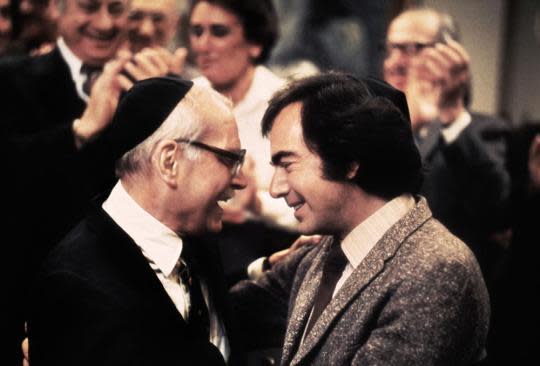
The screen debut of superstar singer Neil Diamond was a big moment in the movie calendar, but accomplished director Sidney J. Furie didn’t get to finish the job he started.
According to cast and crew, he wasn’t able to get the best out of non-actor Diamond (anyone who’s seen the end product would argue he had an unwinnable battle on his hands), while his tendency to use multiple cameras on every single shot meant that shooting was over-complicated and fiddly.
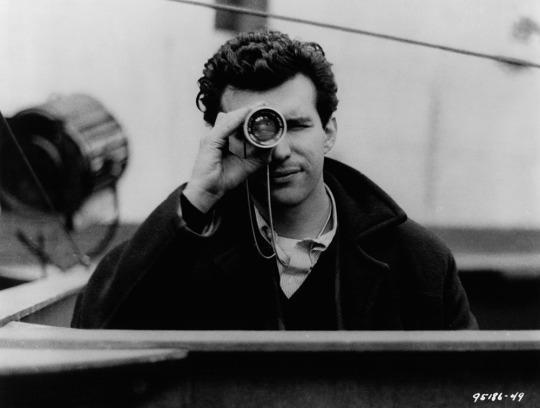
With the budget and schedule out of control, producer Barry Spikings let him go. After shutting down production for a month, Richard Fleischer took over and completed the film. It won lots of Razzies. Great soundtrack though.
Kevin Jarre - 'Tombstone’ (1993)
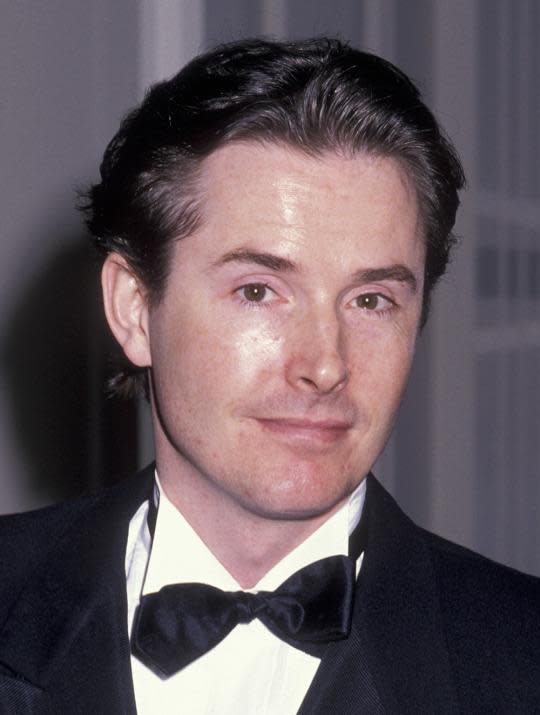
Jarre, who died in 2001 aged just 56, was a successful screenwriter who was excited to make his directorial debut with this movie about Wyatt Earp and his crew (even though Kevin Costner had announced his rival spoiler version that put Jarre’s project in jeopardy).
Unfortunately, despite a cast that included Kurt Russell and Val Kilmer, it became clear to everyone on set that Jarre was out of his depth. He couldn’t think like a director and isolated himself from his experienced crew.
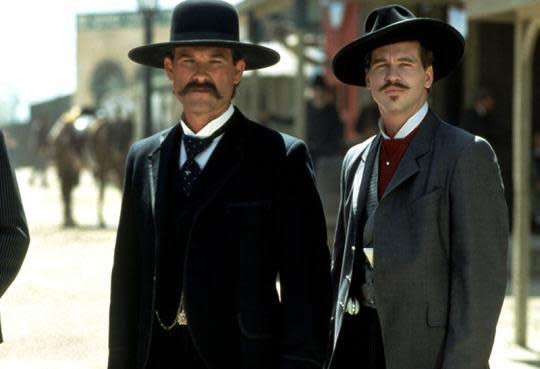
Jarre’s supporters argued that the production schedule was unrealistic, but finally he was dumped for journeyman George Cosmatos.
The resulting film - with a standout performance by Kilmer as Doc Holliday - is a thousand times better than Costner’s flabby dullathon.
Philip Kaufman - 'The Outlaw Josey Wales’ (1976)
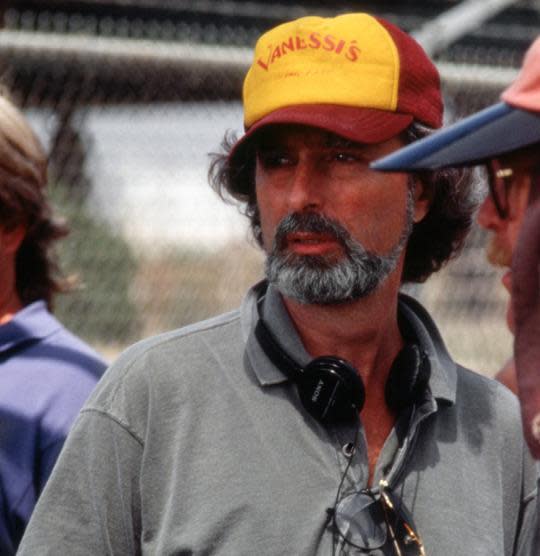
The Oscar-nominated director - who also co-wrote 'Raiders Of The Lost Ark’ - fell foul of a feud with an actor. Unfortunately for him, that actor was Clint Eastwood, one of the biggest stars in the world at the time.
Kaufman was a perfectionist, while Eastwood didn’t like spending too long shooting anything and this led to immediate friction.
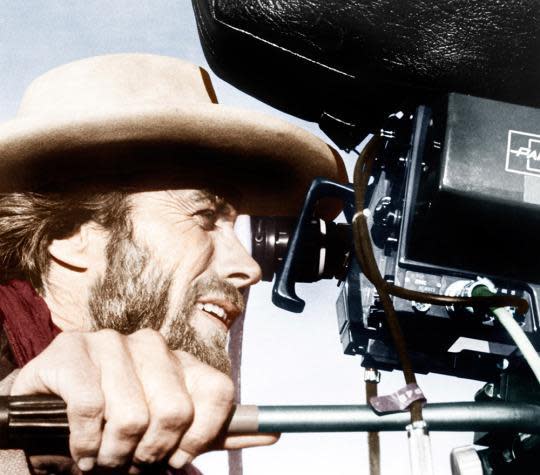
After filming a scene himself while Kaufman was away from the set, the actor got one of the producers to sack him after two weeks, causing a ruckus with the Director’s Guild Of America and a necessitating a £40,000 fine. Eastwood himself took over.
Kaufman has subsequently laughed off the incident, telling Venice magazine, “Clint, for whatever reason, decided we had some creative differences. He was the producer. He was the biggest star in the world. One of us had to go.”
Richard Thorpe - 'The Wizard of Oz’ (1939)
There have been few movies with as much behind-the-scenes turmoil as 'Oz’ - the firing of its director was amongst the least of its worries.
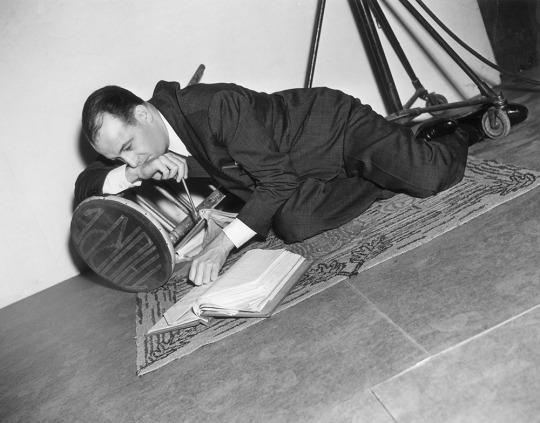
Thorpe was a dependable studio guy who ultimate directed 180 movies. But he didn’t fit for the movie’s producer Mervyn LeRoy, who used the hiatus when original Tin Man Buddy Ebsen fell ill to get rid of Thorpe and replace him with first George Cukor and then Victor Fleming.
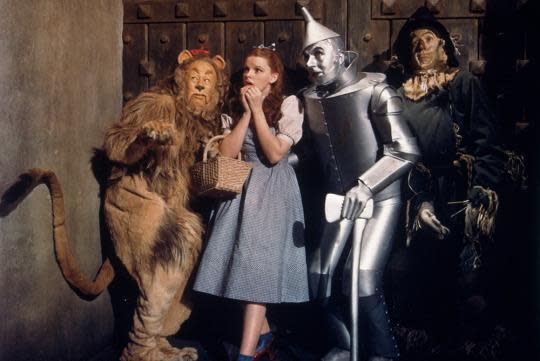
The film was probably the better for it - Thorpe had Judy Garland in a blonde wig and trashy make-up that made her look older than she was supposed to.
- Oscar-Nominees Who Now Make Trash Movies
- Brilliant Scenes In Terrible Films
- Movies That Ended Marriages
Photos: Rex_Shutterstock/Moviestore/Snap/Severin Films/PA/Getty/Everett/BEI

 Yahoo Movies
Yahoo Movies 